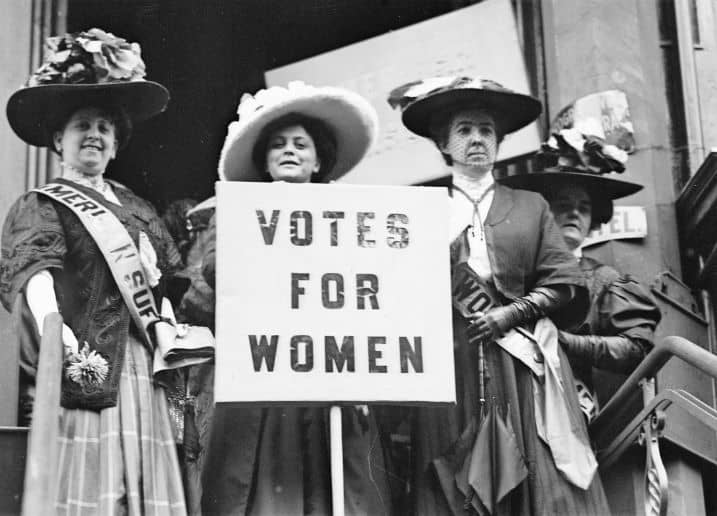Throughout much of United States history, the highest levels of political leadership were dominated by men. It wasn’t until the 20th century that women began making significant inroads in shattering this proverbial glass ceiling. One of the biggest milestones was the election of the first female governors. These trailblazing women paved the way for generations of female leaders to come.
The First Woman Elected Governor: Nellie Tayloe Ross (1924)
The first woman to be elected governor was Nellie Tayloe Ross of Wyoming in 1924. Ross took over the governorship after the untimely death of her husband William Bradford Ross, who had been elected governor in 1922. Nell Ross was inaugurated on January 5, 1925 at age 54.
As governor, Ross fought for policies that benefited women, children, and education. She pushed through legislation that allowed women to serve on juries and banned alcoholic beverages from being sold or possessed in Wyoming. Ross served one term from 1925 to 1927 and decided not to run for re-election after facing opposition from male politicians.
The First Woman Elected Governor Without Ties to a Previous Officeholder: Miriam A. Ferguson (1924)
Just weeks after Ross’ inauguration, Miriam A. “Ma” Ferguson was elected Governor of Texas in 1924, although she officially took office in 1925. Ferguson was elected in her own right without being appointed or having a previous tie to the office, unlike Ross. Her campaign was managed by her husband, former governor James “Pa” Ferguson, who could not run himself due to being impeached and convicted.
During her tenure, Ferguson focused on trying to build more roads, improve education funding, raise pay for teachers, and establish the Centennial celebrations for Texas’ 100th anniversary as a state. She served two non-consecutive terms (1925-27 and 1933-35).
More Trailblazing Female Governors Followed
While Ross and Ferguson were the pioneers, more female gubernatorial firsts quickly followed in their footsteps over the next several decades:
- Soledad C. Chávez de Chacón was elected secretary of state in New Mexico in 1923. She took over as acting governor for nearly a year in 1924 due to the ill health of the elected governor.
- Carolyn B. Edwards was inaugurated as Governor of Puerto Rico in 1925, which at the time was a U.S. territory.
- Lurleen B. Wallace, wife of former Alabama Governor George Wallace, was elected Governor of Alabama in 1966, although her husband secretly made many executive decisions due to her poor health.
- Ella T. Grasso became the first woman elected governor in her own right without being attached to a former officeholder when she was elected Governor of Connecticut in 1974.
The elections of Ross, Ferguson, and these other female pioneers were groundbreaking events that began breaking down gender barriers in the highest elected offices. Their perseverance, determination, and leadership paved the way for the many women who now serve as governors across the United States.



